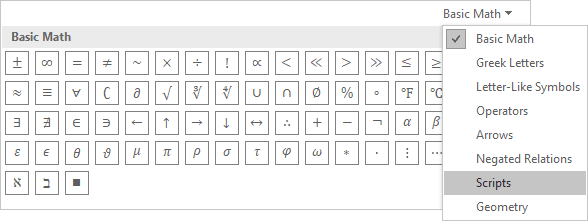

Hence it would be much clearer to write legendre(a, p) or equivalent as needed. The problem here isn't distinguishing among these three related but different symbols, but distinguishing them from fractions. Note that parenthesis become crucial to avoid a misinterpretation of operator precedence. In a fixed-width font, the difference between an en dash and an em dash (- and –) is irrelevant.

The problem with "=>" is that it looks like an arrow. Type ">" then backspace once and type "_", or viceversa. This option is of course unavailable to some math discussion forums, which then avail themselves to "!=" from computer programming languages. Type "=" then backspace once and type "/", or viceversa. The use of "=" comes from computer programming languages. The use of ":=" comes from computer programming languages. Thus, some of the old conventions from typewritten math articles remain relevant in math discussion forums as well as in OEIS sequence entries. Adding to the confusion, some people treat CAS (like Maple or Mathematica) syntax as if it were proper mathematical notation. Though we have TeX and MathML, neither of these have become standard enough that they can be used on the Web with the confidence that they will be understood by anyone using any browser.
How to type math symbols on keyboard how to#
Here is a topic that remains relevant even today with all our advancements in computer-aided typesetting: How to write math on a typewriter.


 0 kommentar(er)
0 kommentar(er)
